Jerusalem, Israel, is a diverse and historically significant city with a wide range of districts and neighborhoods, each with its own unique character. Here are some descriptions of a few key districts and neighborhoods in Jerusalem:
- Old City: The Old City of Jerusalem is the heart of the city and a UNESCO World Heritage site. It is divided into four quarters: the Jewish Quarter, the Muslim Quarter, the Christian Quarter, and the Armenian Quarter. Each quarter has its own distinct atmosphere, with ancient historical sites, religious significance, and bustling markets.
- Western Wall (Wailing Wall) Area: This area is adjacent to the Old City and is a focal point for Jewish worship and prayer. It is also home to the Western Wall Tunnel, which offers a fascinating underground tour of Jerusalem’s history.
- Machane Yehuda Market (The Shuk): Located in the western part of the city, Machane Yehuda Market is a vibrant, bustling marketplace where you can find fresh produce, spices, restaurants, and bars. It has become a trendy area with a mix of old and new, making it a popular destination for locals and tourists alike.
- City Center: The central area of Jerusalem is home to many government buildings, shopping streets, and cultural institutions. Ben Yehuda Street is a popular pedestrian mall with shops, restaurants, and street performers. The Great Synagogue and the Hebrew University of Jerusalem are also in this area.
- German Colony: Located in the southern part of the city, the German Colony is known for its charming streets, historical architecture, and a variety of cafes, boutiques, and restaurants. It’s a popular place for a leisurely stroll.
- Talpiot: This residential and commercial district is in the southern part of Jerusalem. It’s a more modern and bustling area, featuring shopping centers, businesses, and a mix of housing options.
- Ein Karem: Situated in the western part of Jerusalem, Ein Karem is a picturesque village known for its beauty and historical significance. It’s believed to be the birthplace of John the Baptist and is characterized by stone buildings, churches, and art galleries.
- Mea Shearim: This ultra-Orthodox Jewish neighborhood in the city has a unique atmosphere. It is known for its conservative dress code and adherence to traditional Jewish customs. Visitors are encouraged to be respectful of the community’s beliefs and practices.
- Arab Neighborhoods: Jerusalem has several Arab neighborhoods, including East Jerusalem, which is predominantly Palestinian. These areas have their own distinct culture, architecture, and cuisine. The Mount of Olives, for example, offers stunning views of the Old City and has many historical and religious sites.
- French Hill and Givat Ram: These neighborhoods are home to the Hebrew University of Jerusalem and the Knesset (Israel’s parliament). They are located on the western side of the city and have a mix of residential and academic institutions.
Jerusalem is a city with a rich history and a diverse population, and each district and neighborhood offers a different perspective on this unique city’s character and culture. It’s important to note that Jerusalem is a place of great religious significance, and visitors should be respectful of local customs and practices when exploring the city.

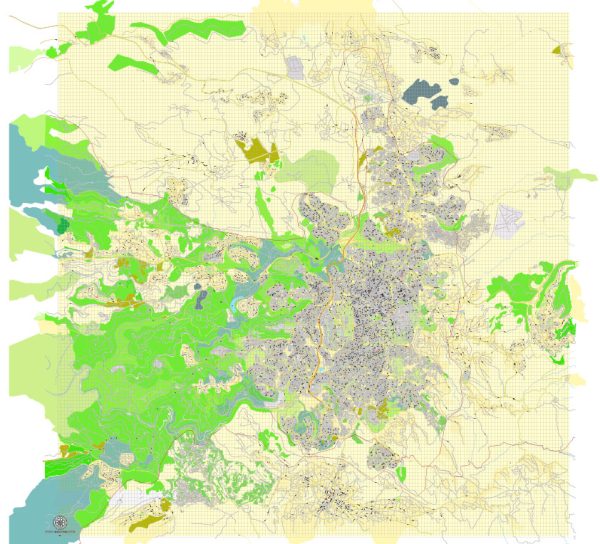
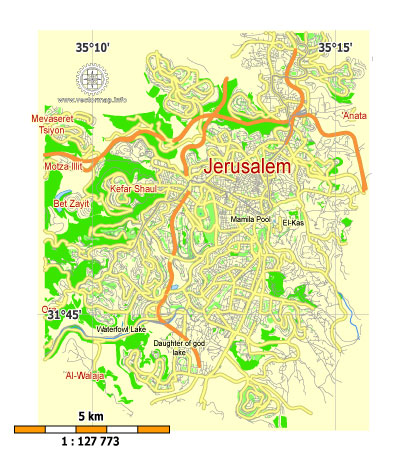
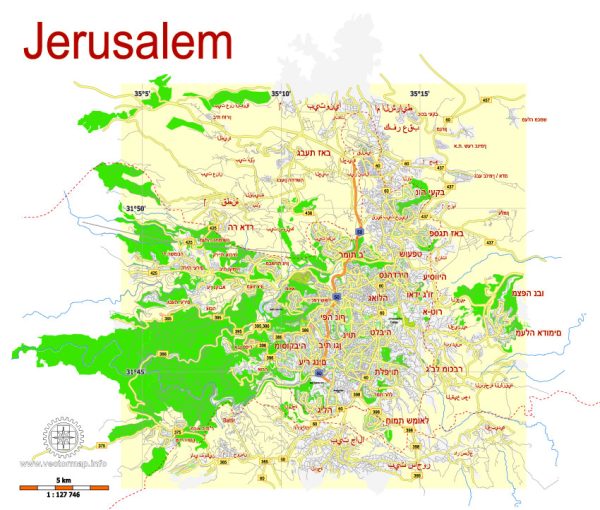
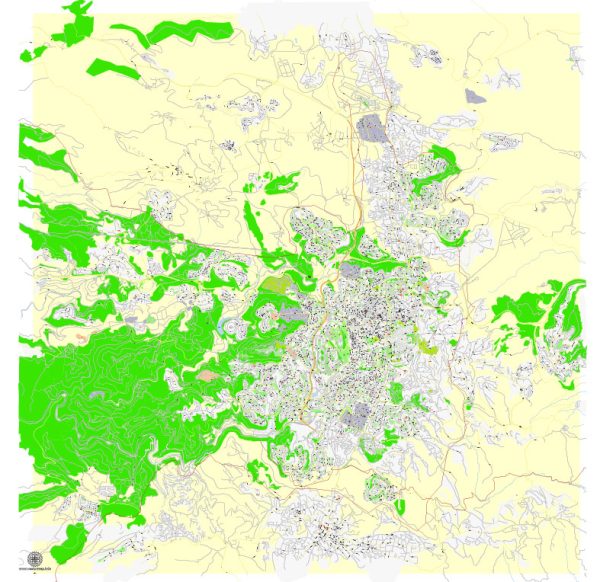
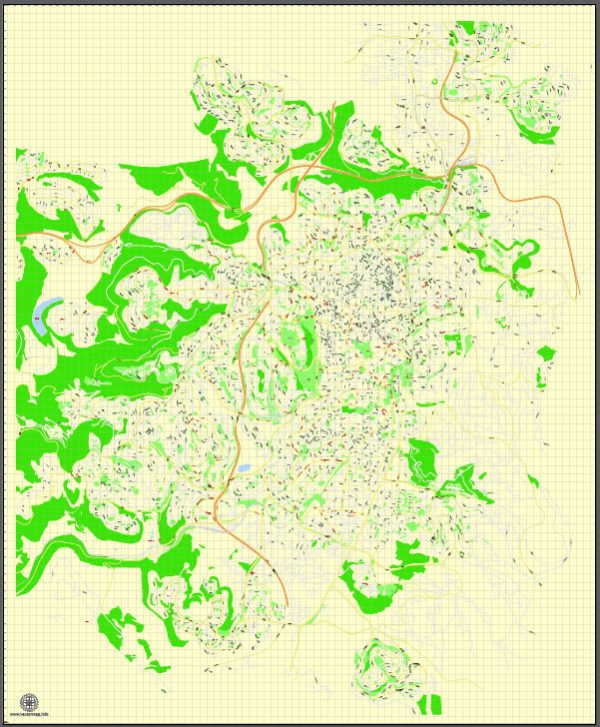
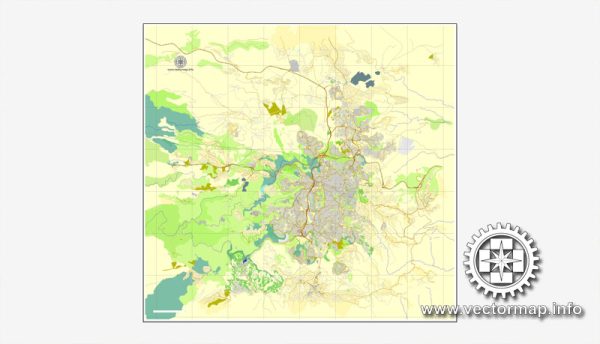
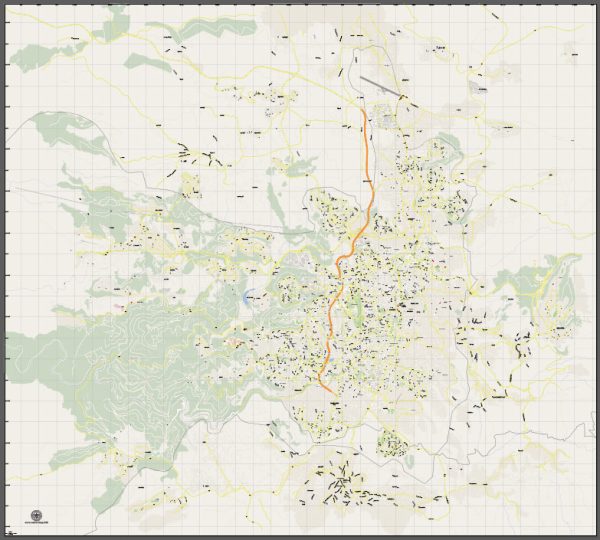
 Author: Kirill Shrayber, Ph.D.
Author: Kirill Shrayber, Ph.D.